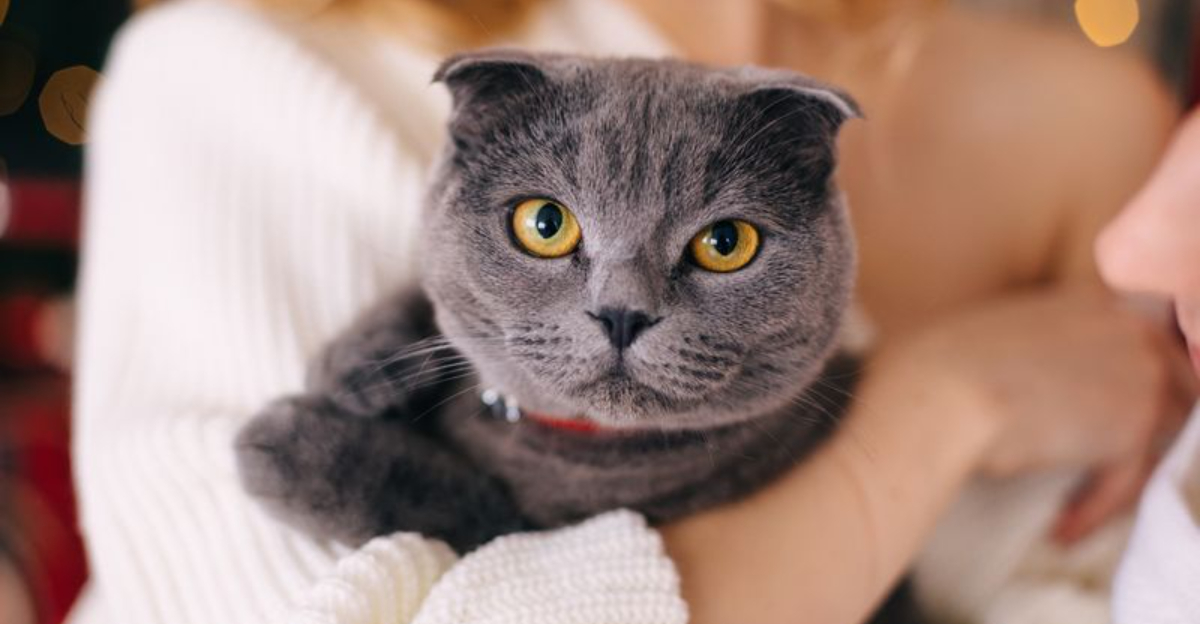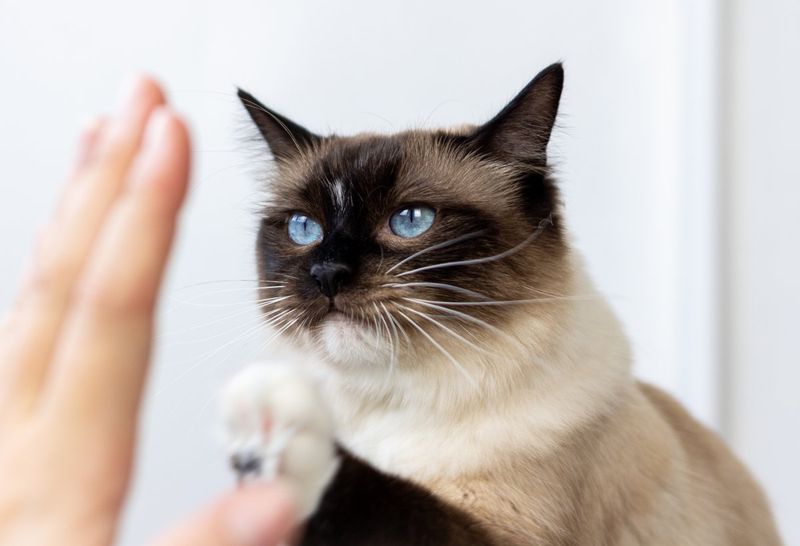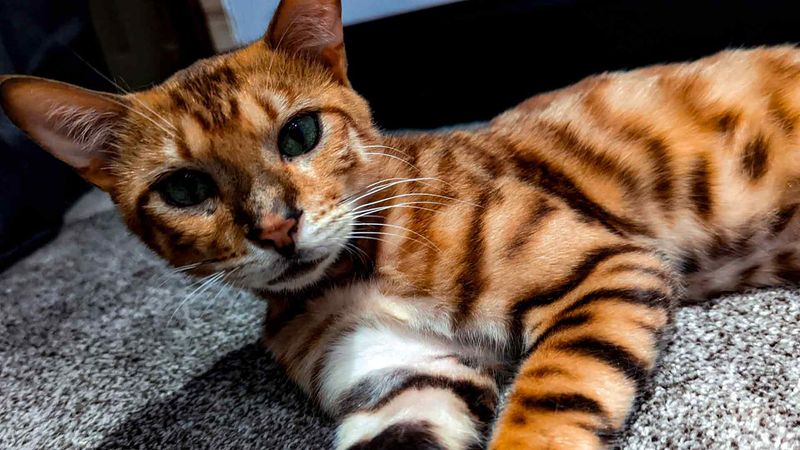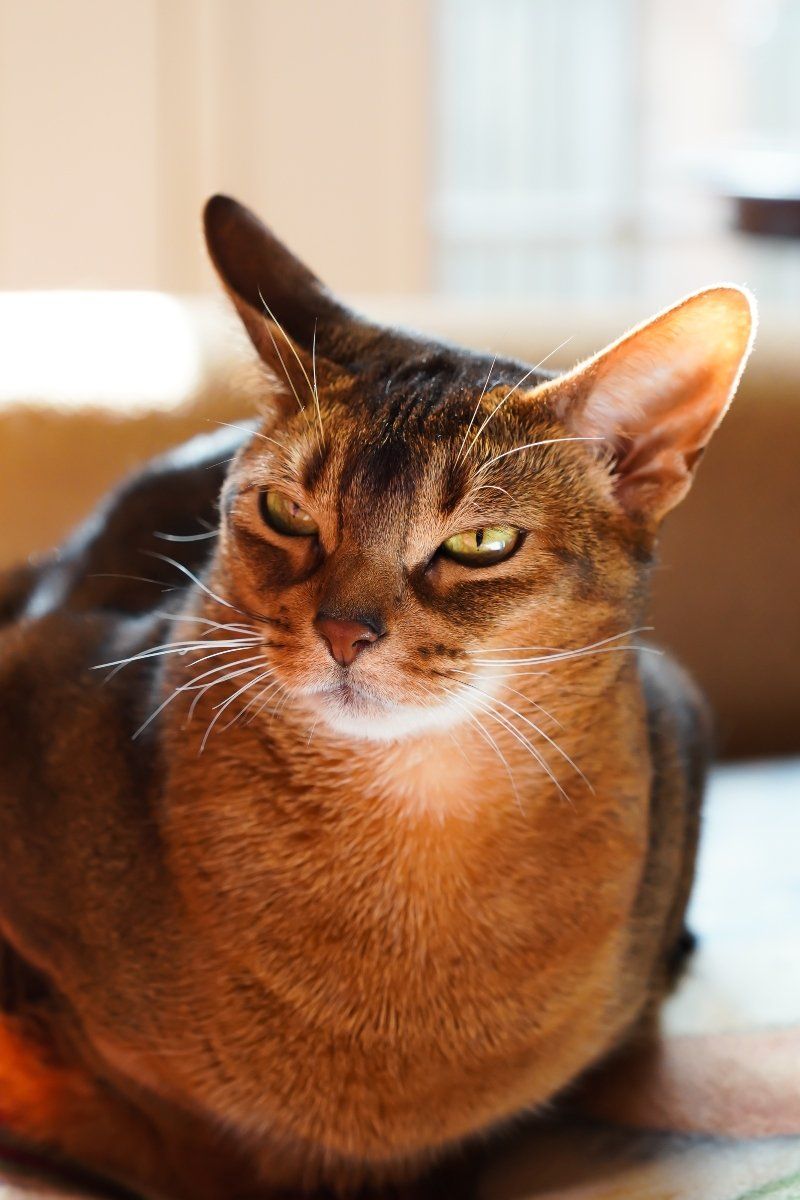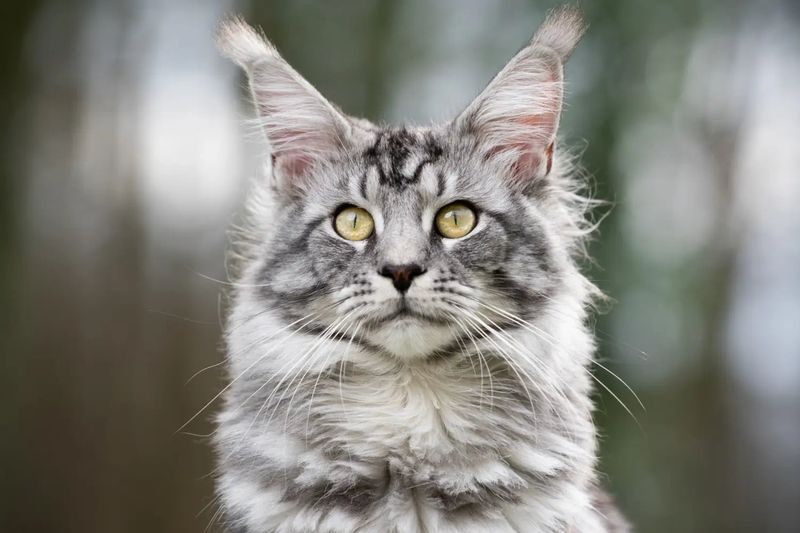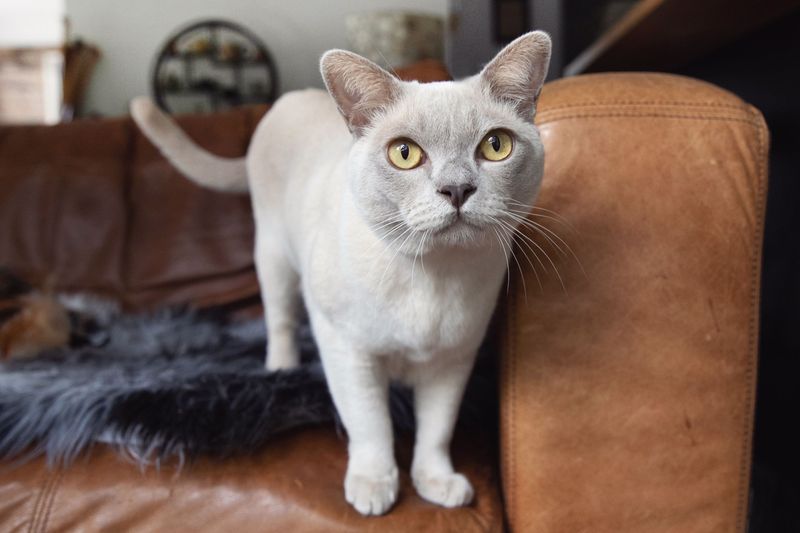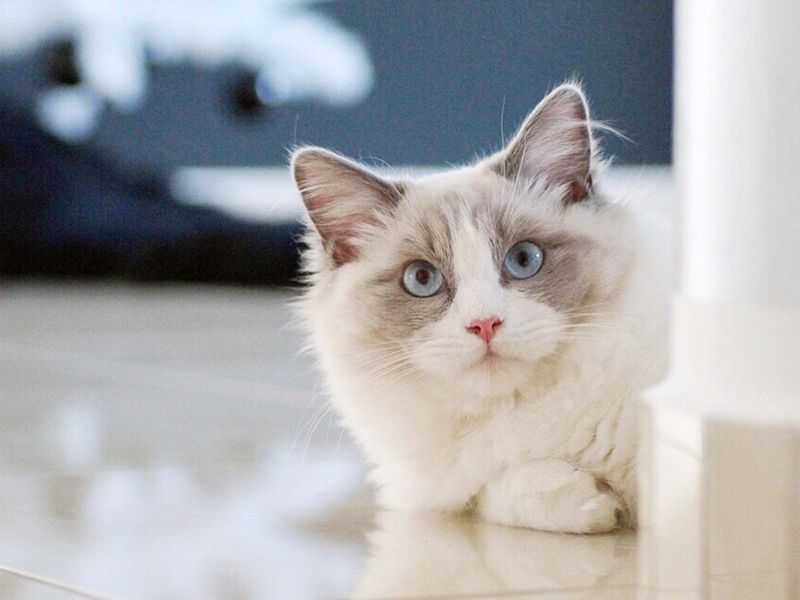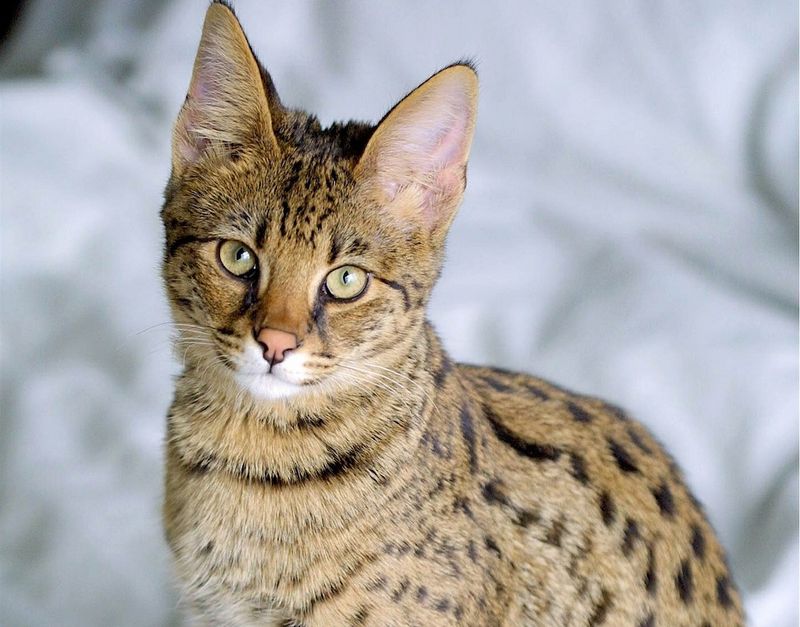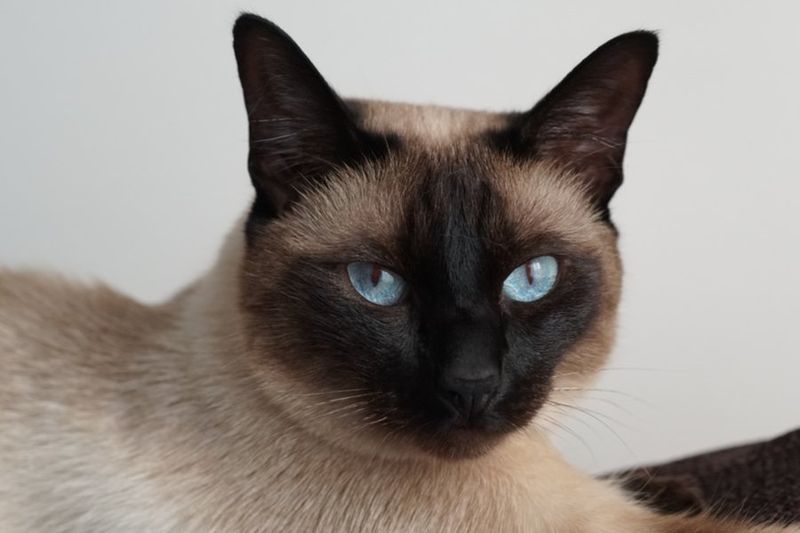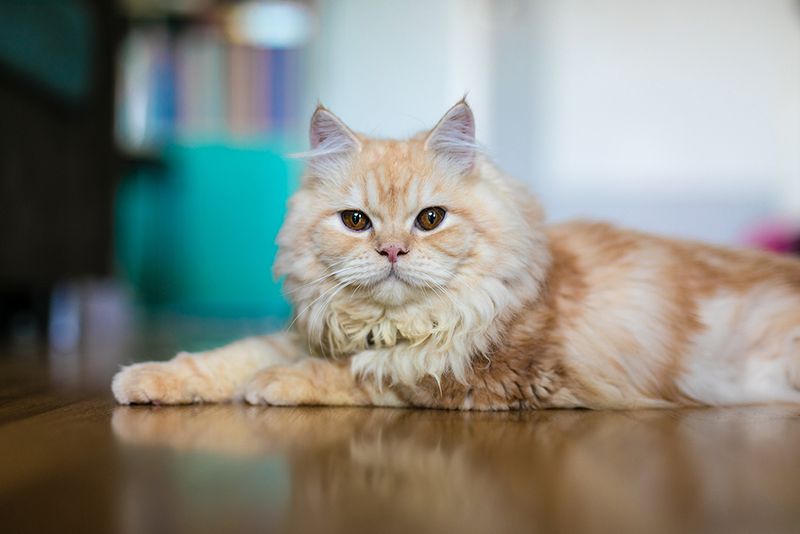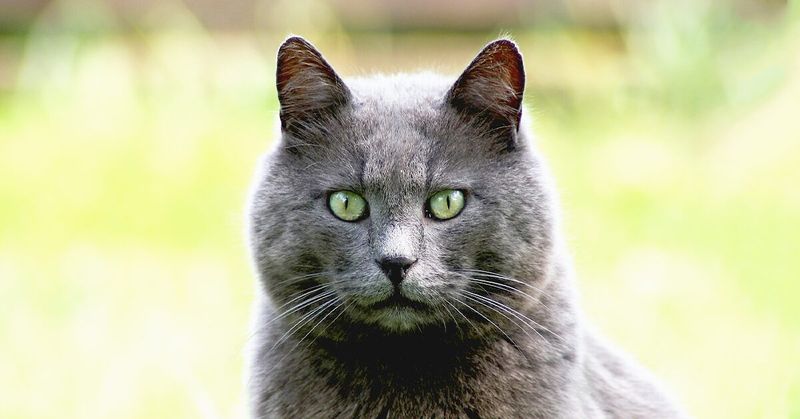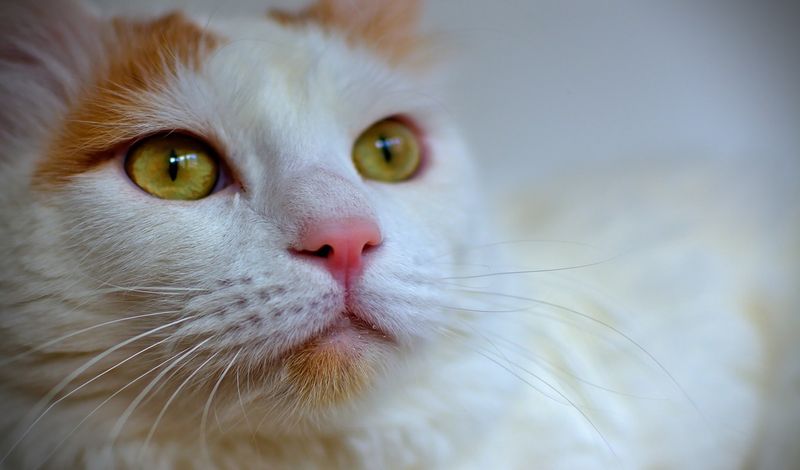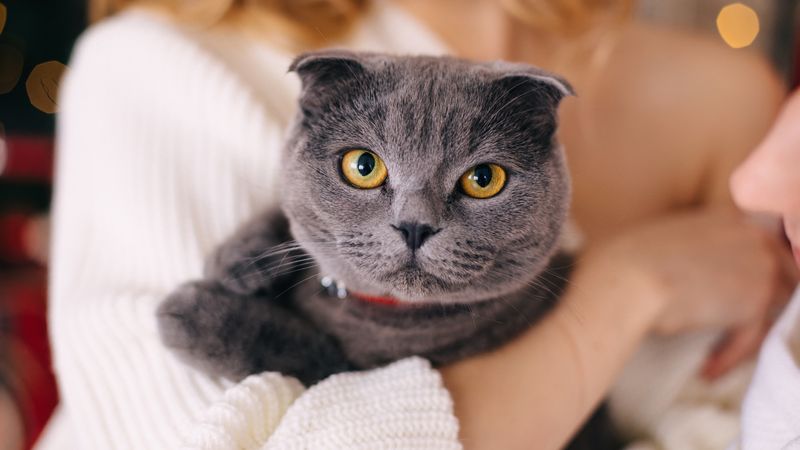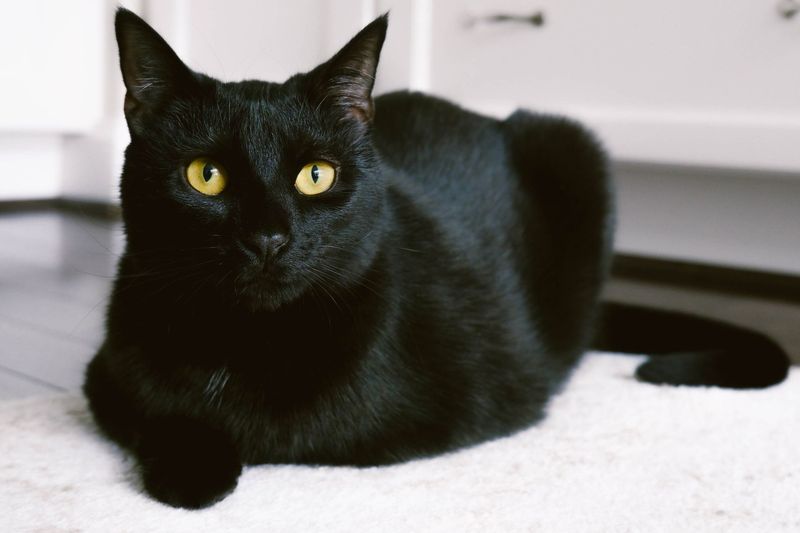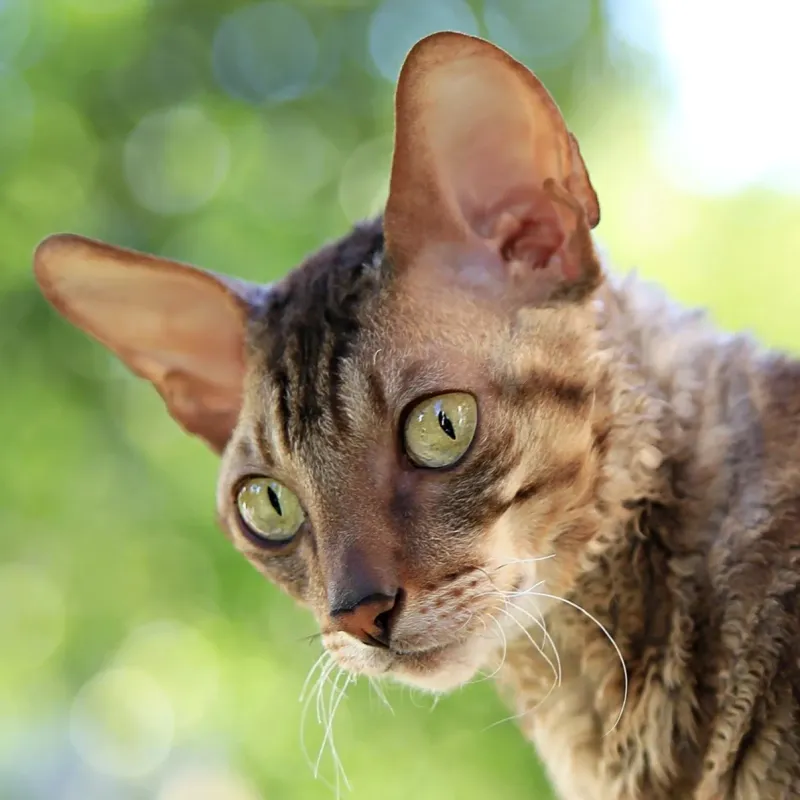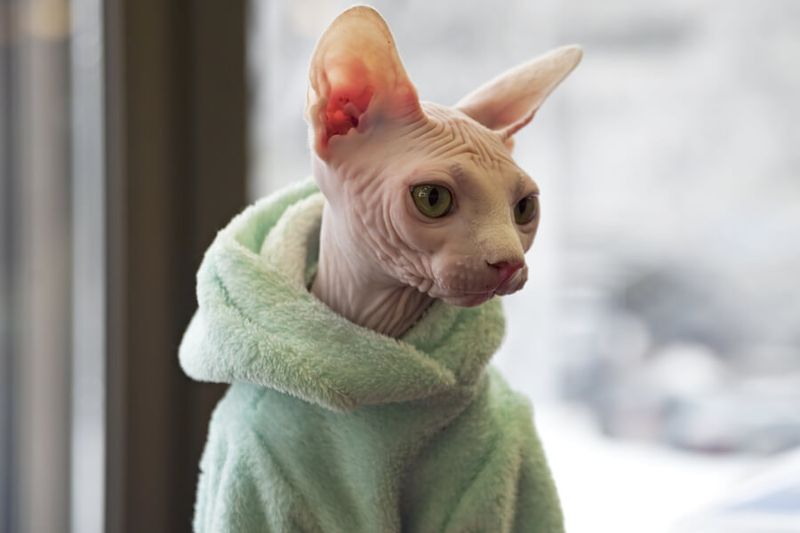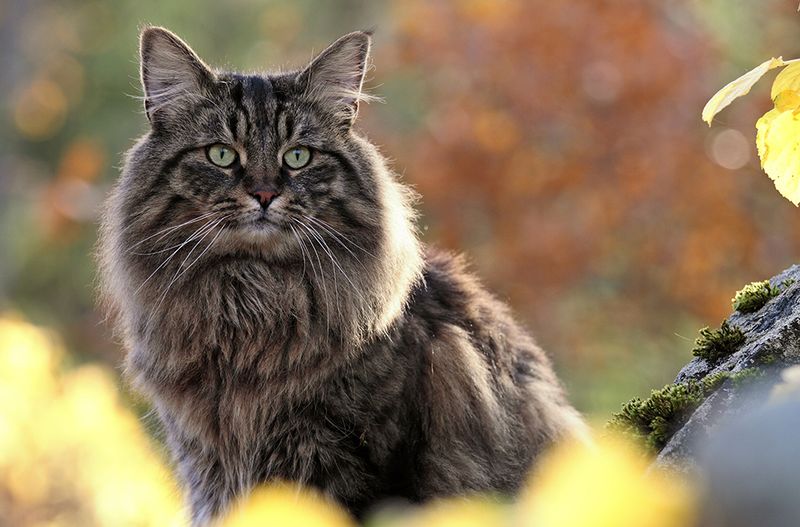📖 Table of Content:
Cats have unique personalities that affect how they respond to their owners. Some feline friends are eager to please and follow commands like their canine counterparts. Others prefer making their own rules and doing things their way. Understanding whether your cat is naturally obedient or independent can help you build a better relationship with your furry companion.
1. Siamese
Siamese cats rank among the most trainable breeds in the feline world. Their intelligence and social nature make them quick learners who enjoy pleasing their humans. They can learn commands, tricks, and even how to walk on a leash with consistent training.
Many Siamese owners report their cats coming when called by name, a skill many felines never master. Their vocal nature means they’ll talk back to you too, creating a two-way conversation that strengthens your bond.
These cats thrive on interaction and mental stimulation, making training sessions a perfect bonding activity rather than a chore.
2. Bengal
With their exotic, leopard-like coats and sharp minds, Bengals bring both beauty and brains to the table. These energetic felines are highly trainable, often excelling at clicker training thanks to their natural curiosity and problem-solving abilities. Always on the move, their athleticism keeps them in constant motion.
Owners can successfully teach Bengals to fetch, give high-fives, and even use the toilet instead of a litter box. The key to their trainability lies in their curious nature and desire for mental challenges.
Training sessions should be kept short but frequent to match their energetic personalities and prevent boredom.
3. Abyssinian
Smart, sociable, and eager to learn, Abyssinians excel at positive reinforcement training. Their curious minds and desire to please make them fast learners, and their strong attachment to their humans means they’re always ready to engage in daily life.
Training an Abyssinian works best when incorporated into play sessions. Their natural athleticism and agility make them perfect candidates for agility courses and complex tricks that would frustrate other breeds.
Despite their energy, they show remarkable focus when motivated by the right rewards and plenty of praise from their favorite humans.
4. Maine Coon
With their impressive size and easygoing charm, Maine Coons are surprisingly good at taking direction. These fluffy giants pair a sharp mind with a friendly attitude, making them ideal candidates for training—and their laid-back temperament means they don’t mind sticking with it.
Most Maine Coon owners find their cats readily learn their names and come when called. They also adapt well to harness training for outdoor adventures, unlike many independent cat breeds.
Their social nature extends to visitors too – they’ll often follow house rules even when new people are present, showing off their good manners.
5. Burmese
Muscular, glossy, and incredibly devoted, Burmese cats stand out for their willingness to work with humans. Their strong bonds with family members make them highly trainable and always ready to be part of the action, no matter the task.
Training a Burmese often feels more like collaboration than instruction. They quickly learn household routines and adapt their behavior to fit family expectations. Their sociable nature means they’re motivated by praise and attention rather than just treats.
Burmese retain training well, remembering commands and boundaries long after they’ve been established, making them consistently reliable companions.
6. Ragdoll
Ragdolls earn their reputation as the gentle followers of the cat world. These blue-eyed beauties possess a remarkably calm temperament that makes them highly receptive to guidance. Their name comes from their tendency to relax completely when picked up – a trait that extends to their trainable nature.
Most Ragdoll owners find their cats quickly learn household rules without the stubbornness common in other breeds. They naturally avoid jumping on forbidden surfaces and adapt easily to routines.
Their people-oriented personality means they genuinely want to please their humans, making positive reinforcement particularly effective for teaching new behaviors.
7. Savannah
Strikingly spotted and impressively smart, Savannah cats are known for their ability to listen and learn. They respond to commands with dog-like precision and pick up on subtle human cues—making them both eye-catching and highly trainable companions.
Training a Savannah works best with consistent routines and clear expectations. They excel with clicker training and quickly associate specific sounds with desired behaviors. Their athletic builds make them perfect candidates for agility training.
Unlike many cats, Savannahs often enjoy water and can even be taught to accept baths or play in shallow pools – a rare trainable trait in the feline world.
8. Tonkinese
Blending the cleverness of Siamese with the charm of Burmese, Tonkinese cats are born learners. Their intelligence, combined with a love of human interaction, makes them quick to pick up commands—and yes, they’ll even come when you call.
Their playful nature makes training sessions feel like games rather than work. Tonkinese excel at learning tricks that showcase their agility and problem-solving abilities.
Unlike more independent breeds, they actively seek guidance from their people and adjust their behavior based on feedback, making them responsive to gentle correction.
1. Persian
If ever a cat had a royal attitude, it’s the Persian. Known for their chill vibes and selective attention, these flat-faced divas are experts at ignoring commands with style. They live life on their terms—and they expect you to understand that.
Training a Persian requires infinite patience and acceptance that they operate on their own timeline. They prefer contemplation to action, often appearing to consider your request before deliberately choosing to ignore it.
Their stubborn streak isn’t malicious – they simply prioritize comfort and personal preference over pleasing humans. Persian owners learn to appreciate their cat’s autonomous nature rather than fight against it.
2. Russian Blue
Graceful and reserved, Russian Blues prefer to watch from the shadows before deciding to engage. Their responses to commands are thoughtful and selective, and their approach to training is equally cautious—always on their terms, never rushed.
While intelligent enough to understand what’s being asked, Russian Blues often perform a quick cost-benefit analysis before deciding whether to comply. They prefer establishing their own routines rather than following imposed ones.
These cats form deep bonds with their chosen people but maintain a dignified boundary that says, “I’ll consider your suggestion, but the final decision is mine.”
3. Turkish Van
Training a Turkish Van? Good luck. These adventurous felines are more interested in diving into water bowls than obeying commands. Bold, energetic, and wildly independent, they follow only one set of rules—their own.
Attempts to train a Turkish Van often result in them training their humans instead. They quickly learn which behaviors get attention (positive or negative) and use this knowledge to manipulate situations to their advantage.
Their intelligence makes them capable of understanding commands – they simply choose whether compliance aligns with their current priorities, which rarely match their owner’s agenda.
4. Scottish Fold
Scottish Folds march to their own beat with charming stubbornness. These folded-ear felines possess an independent streak that’s masked by their adorable appearance. They observe commands with interest but implement them selectively based on personal preference.
Training attempts often result in the Scottish Fold staring thoughtfully at their human before choosing an entirely different action. They’re masters of passive resistance, never openly defiant but quietly persistent in doing things their way.
Their sweet expression often lets them get away with ignoring instructions that other cats might be scolded for – they’ve perfected the art of adorable disobedience.
5. Bombay
Sleek and mysterious, Bombay cats bring an independent streak to every interaction. When it comes to training, they’re skeptical participants who carve their own path instead of following human instructions—bold and self-assured through and through.
Bombays learn household boundaries quickly but decide for themselves whether these rules deserve respect. They’re masters of selective listening, appearing not to hear commands that don’t align with their current desires.
Their intelligence makes them capable of understanding expectations – they simply reserve the right to evaluate each request and determine if it’s worthy of their cooperation, often deciding it isn’t.
6. Cornish Rex
These agile, curly-haired cats combine athleticism with playful defiance. Cornish Rexes grasp what you’re asking but approach training as a game where the rules can be bent—and often are.
Training sessions often dissolve into games where the Cornish Rex rewrites the rules midway. Their exceptional intelligence means they quickly learn which buttons to push to get reactions from their humans.
These cats view boundaries as puzzles to solve rather than limits to respect. They’ll spend hours figuring out how to open doors, cabinets, and containers that were specifically secured to keep them out.
7. Sphynx
Loving yet headstrong, Sphynx cats balance desire for closeness with a fierce streak of independence. They stick to you like glue but march to their own beat when it comes to obeying instructions.
Training a Sphynx often feels like negotiating with a clever toddler. They understand perfectly what’s being asked but counter with their own proposals. Their expressive faces show clear deliberation before choosing whether to comply.
Their need for warmth gives owners occasional leverage – a Sphynx might momentarily pretend to listen if it means earning a spot on a warm lap, only to reveal their true independent nature once comfortable.
8. Norwegian Forest Cat
With their thick fur and untamed spirit, Norwegian Forest Cats maintain a proud independence. They listen politely but rarely comply with instructions, valuing their freedom above all else.
Training attempts are met with thoughtful consideration followed by the Norwegian’s own preferred alternative action. They excel at maintaining eye contact while deliberately doing exactly what they’ve been asked not to do.
Their intelligence makes them capable of understanding household rules – they simply believe these regulations apply to lesser creatures, not majestic forest cats descended from the companions of Norse gods.
